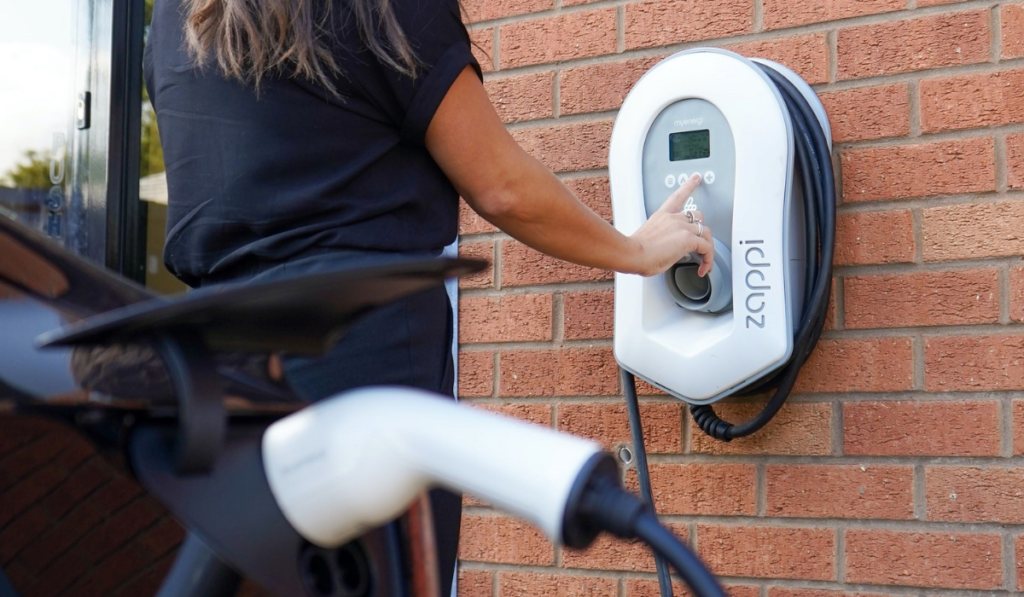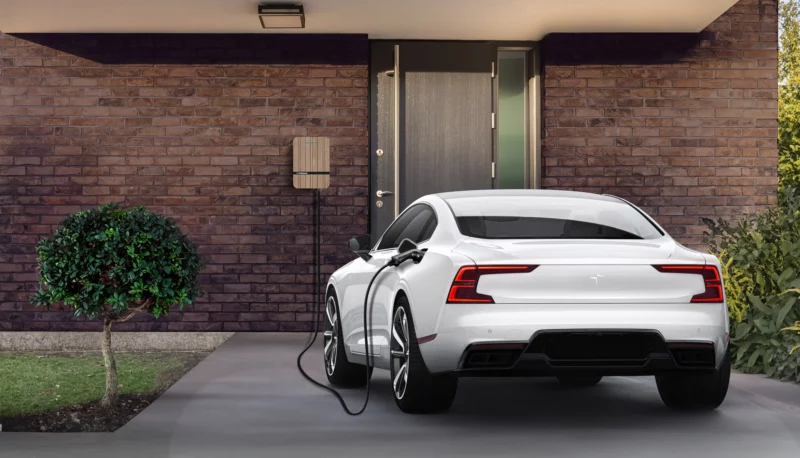The adoption of electric vehicles (EVs) is witnessing an exponential rise, driven by the growing preference for eco-friendly and sustainable transportation options. In this rapidly expanding domain, it becomes crucial to delve into the complexities of EV charging systems, with a particular focus on tethered EV chargers. This article aims to offer a thorough exploration of tethered EV chargers, shedding light on their definition, benefits, limitations, importance, and a comparative evaluation in contrast to untethered EV chargers.
As the demand for environmentally conscious mobility solutions continues to soar, the significance of understanding tethered EV chargers cannot be overstated. This piece endeavors to provide readers with a comprehensive understanding of these charging units, addressing their various facets to aid in making informed decisions regarding EV charging infrastructure and technology adoption.
Understanding Tethered EV Chargers
Tethered EV chargers represent a specialized category within home charging infrastructure, notable for their integrated charging cables. Unlike their untethered counterparts, which necessitate users to procure a separate cable, tethered chargers come equipped with cables tailored to accommodate specific electric vehicle models. This configuration streamlines the charging process, offering users a hassle-free experience while eliminating the inconvenience of sourcing additional accessories.

By featuring a permanent attachment of the charging cable, tethered EV chargers prioritize user convenience and simplicity. This design ensures compatibility with various electric vehicle models, facilitating a seamless charging experience without the need for users to worry about cable compatibility or availability. As a result, tethered chargers stand out as a user-friendly solution for home charging needs, enhancing the overall accessibility and usability of electric vehicle ownership.
Pros and Cons of Tethered EV Chargers:
Advantages:
- Ease of Use: Simplifying the charging process by eliminating the need to carry or store an additional cable.
- Compatibility: Ensuring a secure and efficient connection with the corresponding vehicle model.
- Reduced Wear and Tear: Minimizing damage to the EV’s charging port through consistent cable use.
Disadvantages:
- Limited Compatibility: Restricting usage to specific electric vehicle models, potentially necessitating the purchase of a new charger.
- Fixed Location: Constraining charging flexibility due to permanent installation, unlike portable untethered chargers.
The Importance of Tethered EV Chargers
The importance of tethered EV chargers can be summarized into three key points:
Firstly, they offer unparalleled convenience by simplifying the charging process and making it more accessible for all EV owners. With integrated cables designed specifically for different electric vehicle models, users can easily plug in and charge without the hassle of carrying or finding compatible cables.

Secondly, safety is a top priority with tethered chargers. They prioritize secure and reliable charging, providing peace of mind to users knowing that their charging setup is designed for optimal safety during the charging process.
Lastly, these chargers contribute to efficiency by minimizing compatibility issues and reducing cable wear. By eliminating the need for users to switch or replace cables, they ensure consistent and efficient charging performance, enhancing the overall charging experience for EV owners.
Tethered vs. Untethered EV Chargers: A Comparative Analysis:
When comparing both EV chargers, it’s crucial to consider:
Tethered Charger: Prioritizes convenience and compatibility but may be limited to specific vehicle models.
Untethered Charger: Provides flexibility but requires users to carry and maintain their own cable for charging purposes.

Conclusion
The burgeoning popularity of electric vehicles underscores the importance of understanding EV charging solutions, with tethered EV chargers emerging as a convenient and efficient option. While tethered chargers offer undeniable advantages in terms of convenience, compatibility, and efficiency, they are not without limitations. Ultimately, the choice between tethered and untethered chargers depends on individual preferences and requirements, with both options catering to the diverse needs of EV owners on their journey towards sustainable transportation.










